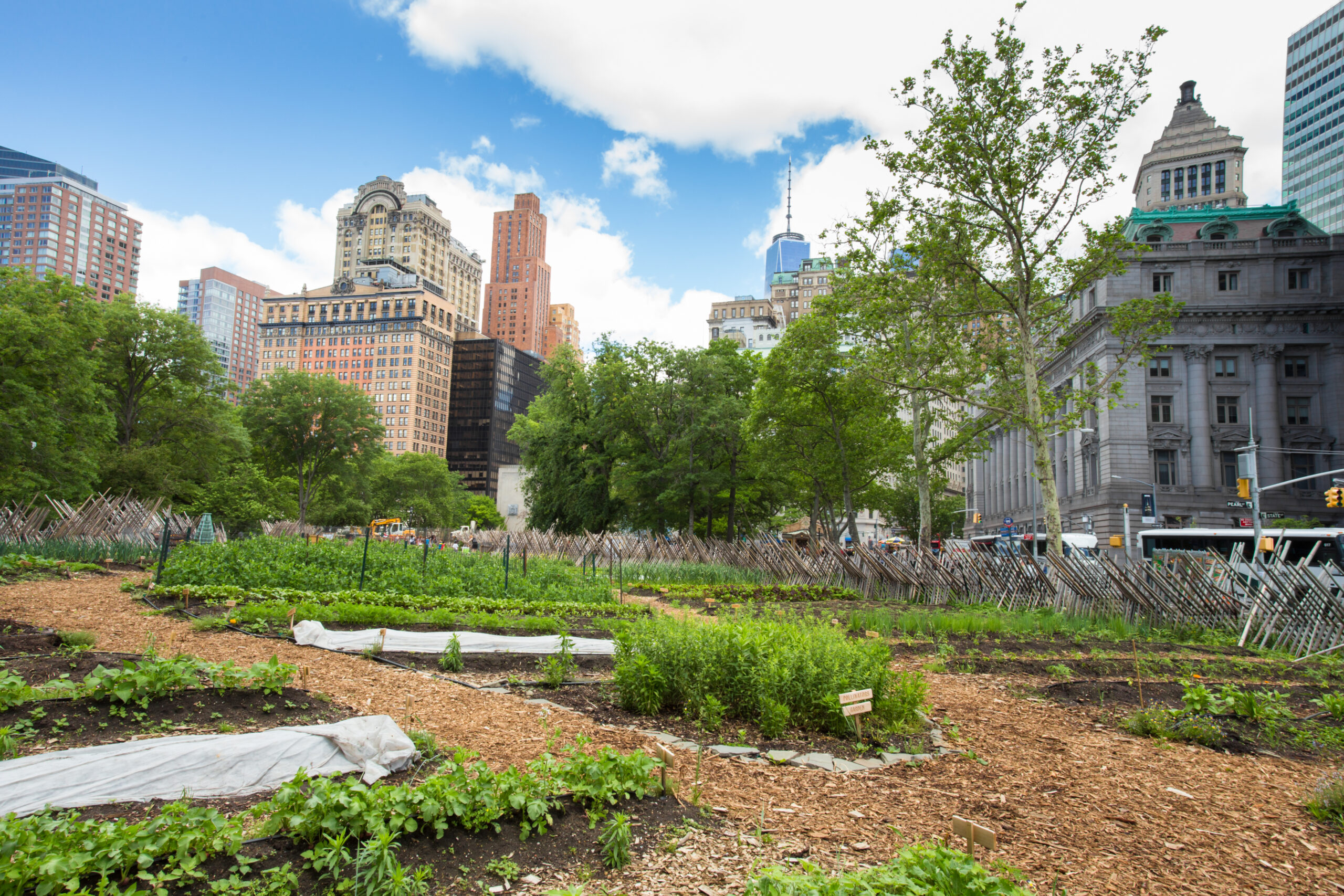Unknown Facts About City Blooming
Unknown Facts About City Blooming
Blog Article
An Unbiased View of City Blooming
Table of ContentsIndicators on City Blooming You Need To KnowCity Blooming Fundamentals ExplainedNot known Details About City Blooming Not known Details About City Blooming Rumored Buzz on City Blooming
Fascinated in expanding food offer for sale in the City of Chicago? Thinking regarding beginning a community garden? Modifications to the Chicago Zoning Ordinance enable agricultural uses like neighborhood yards and metropolitan ranches in numerous components of the city. Below is a checklist of often asked concerns regarding the regulations and policies that growers need to consider when planning a city agriculture project.
The zoning modification does not customize any kind of other codes managing composting, building licenses, acquiring or renting City possessed property, business licenses or environmental contamination. There are existing codes that regulate these concerns and they continue to be in full result and might apply to your project. Area yards are usually had or managed by public entities, civic companies or community-based organizations and preserved by volunteers.
Urban ranches expand food that is planned to be sold, either on a nonprofit or for-profit basis. Due to their commercial objective, metropolitan farms call for a service permit.
Getting The City Blooming To Work
The quantity of compost material can not go beyond 25 cubic backyards at any kind of offered time according to the requirements in 7-28-715 of the City's Municipal Code. Since the dirt at most new yard websites requires changing, compost, dirt, timber chips, or various other materials can be obtained to construct or boost the growing space.

If a building license is called for then the hoophouse will be considered an accessory structure. You can learn even more regarding the structure license needs by contacting the Division of Structures. The 25,000-square-foot size limitation is meant to stop a single neighborhood garden from dominating a provided block or taking away from the block's existing property or industrial character.
The limitation does not use to gardens located in Public Open Area (POS) areas. Can there be more than one community yard that is 25,000 square feet on a single block? Secure fencing is not required, nonetheless, yards that have large car park areas might be called for to mount fence or various other landscape design attributes.
Indicators on City Blooming You Need To Know
B1 this website & B2 areas call for that all industrial usage tasks be conducted inside. Is secure fencing needed for urban farms? Fencings might be required, along with landscaping and testing, for certain car park locations and outdoor work or storage space locations depending on area and the particular task taking place.
Yes. Urban farms need building licenses and zoning approvals prior to building and construction. Other types of city review may be needed relying on specific frameworks, tasks, size, landscape design, licensing, public heath and stormwater monitoring concerns. A lot of these requirements are determined in the project style or permitting process, nevertheless, the applicant might be liable to individually recognize specific licenses or permits that might be called for.
Yes. The kind of certificate is established by what is taking place at the website. The Department of Organization Affairs and Consumer Defense can help figure out the details type of company permit that's called for. Yes. Off road vehicle parking is required for many industrial tasks in Chicago. The needed variety of auto parking rooms is based on the variety of workers working with website and not the square video of the growing area.
City Blooming Fundamentals Explained

Yes. An urban ranch can market garden compost product created on site, nevertheless, the procedure should follow the policies in 7-28-715 of the Chicago Municipal Code. Yes. Aquaponic systems are enabled inside your home on urban ranches in several zoning areas. A zoning review and structure authorization is called for in order to mount structures or systems and a service certificate is required as explained over.
As much as five hives or colonies of honey might be maintained as an accessory use. Nonetheless, beekeepers need to sign up with the Illinois Division of Farming. For even more info regarding the suggested zoning amendment you might call the Department of Real Estate and Economic Growth, Bureau of Planning and Zoning at 312.744.8563.
Farming in cities and urban areas A city farm in Chicago. Urban farming refers to numerous practices of growing. https://businesslistingplus.com/profile/cityblooming/, handling, and dispersing food in metropolitan areas. The term likewise applies to the area activities of pet husbandry, tank farming, beekeeping, and cultivation in a city context. Urban agriculture is identified from peri-urban farming, which happens in backwoods beside suburban areas.
Little Known Questions About City Blooming.
, that look for to create social networks started on a shared principles of nature and community holism. These networks can create by means of formal institutional assistance, coming to be integrated right into regional town preparation as a "shift town" movement for lasting metropolitan advancement.
Some of the first proof of urban agriculture comes from Mesopotamia.
Report this page